Myths about teaching can hold you back


- Year 8
Evaluating the range
I can evaluate the range as a measure of spread, including a consideration of outliers.


- Year 8
Evaluating the range
I can evaluate the range as a measure of spread, including a consideration of outliers.
These resources were made for remote use during the pandemic, not classroom teaching.
Switch to our new teaching resources now - designed by teachers and leading subject experts, and tested in classrooms.
Lesson details
Key learning points
- The range can be affected by outliers in the data.
- Removing these outliers will change the value of the range.
- Outliers must be carefully considered and only removed if they were recorded in error.
Keywords
Outlier - A data point that is extremely large or small compared to the rest of the dataset.
Range - A measure of spread. It is found by finding the difference between the highest and lowest values.
Spread/dispersion - Describes how far apart pieces of data in a dataset are.
Common misconception
"Adding or removing a data point from a dataset will always change the value of the range"
The range only changes if: the data point added becomes a new max or min value, or the data point removed is the current max or min value.
To help you plan your year 8 maths lesson on: Evaluating the range, download all teaching resources for free and adapt to suit your pupils' needs...
To help you plan your year 8 maths lesson on: Evaluating the range, download all teaching resources for free and adapt to suit your pupils' needs.
The starter quiz will activate and check your pupils' prior knowledge, with versions available both with and without answers in PDF format.
We use learning cycles to break down learning into key concepts or ideas linked to the learning outcome. Each learning cycle features explanations with checks for understanding and practice tasks with feedback. All of this is found in our slide decks, ready for you to download and edit. The practice tasks are also available as printable worksheets and some lessons have additional materials with extra material you might need for teaching the lesson.
The assessment exit quiz will test your pupils' understanding of the key learning points.
Our video is a tool for planning, showing how other teachers might teach the lesson, offering helpful tips, modelled explanations and inspiration for your own delivery in the classroom. Plus, you can set it as homework or revision for pupils and keep their learning on track by sharing an online pupil version of this lesson.
Explore more key stage 3 maths lessons from the Numerical summaries of data unit, dive into the full secondary maths curriculum, or learn more about lesson planning.

Licence
Prior knowledge starter quiz
6 Questions
Q1.Which of these sentences describe the range?
Q2.Match the key parts of a calculation for the range with the correct values for this data set: 6, 3, 10, 4, 9, 1, 4
The largest value is -
10
The smallest value is -
1
Calculation to find range -
10 − 1
The range is -
9
Number not used to find range -
4
Q3.Select the correct calculation to find the range of this data set: 19, 12, 16, 19, 9, 11
Q4.Match each data set to its range.
1, 3, 7, 8, 10 -
9
3, 1, 10, 10, 12 -
11
3, 9, 11, 15, 14 -
12
4, 9, 8, 7, 7, 14, 12, 13 -
10
Q5.A data set is presented on a dot plot. The range of the data is .
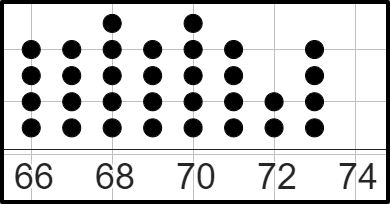
Q6.Which of these dot plots have a range of 6?
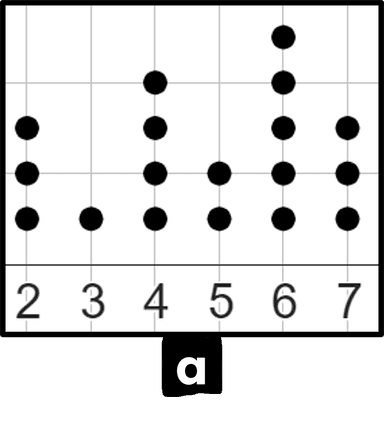
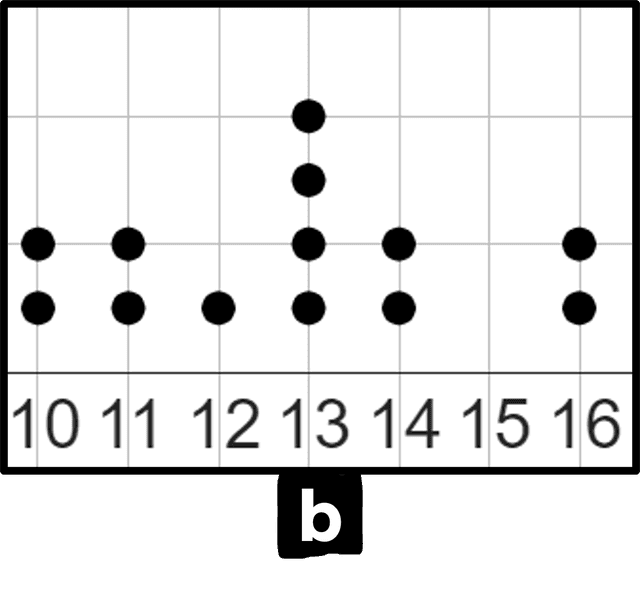
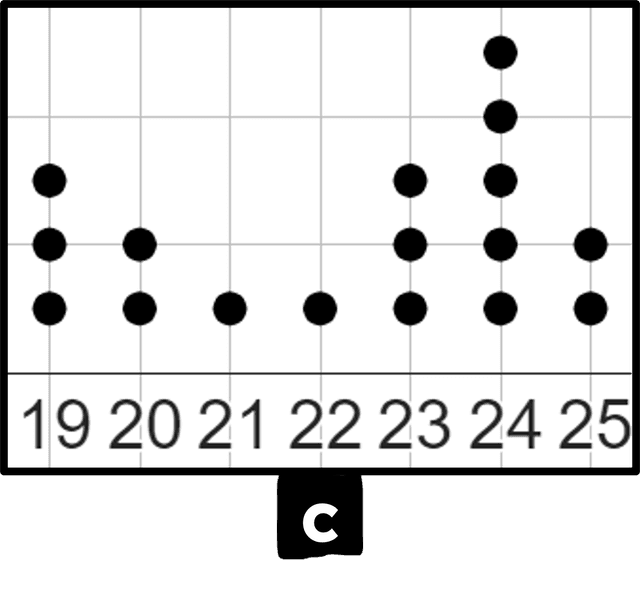
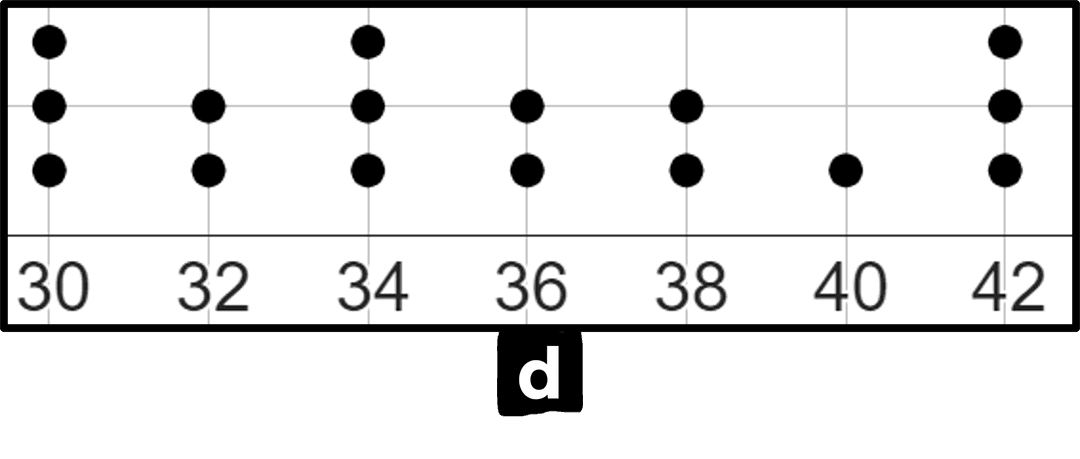
Assessment exit quiz
6 Questions
Q1.Which of these sentences best describe what an outlier is.
Q2.What is the value of the outlier on this dot plot?
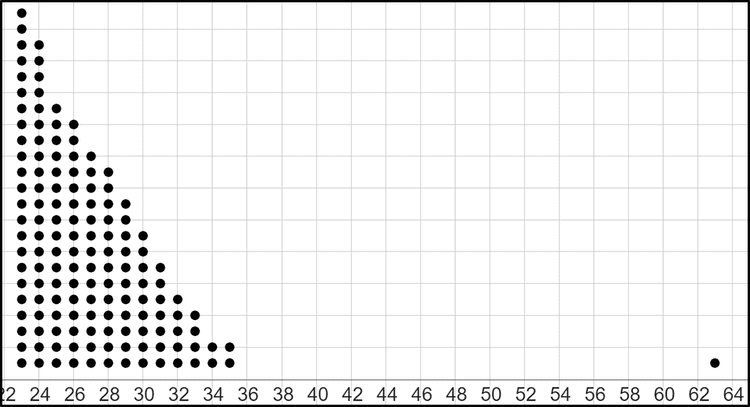
Q3.How many outliers are there on this dot plot?

Q4.Match each piece of information to its value.
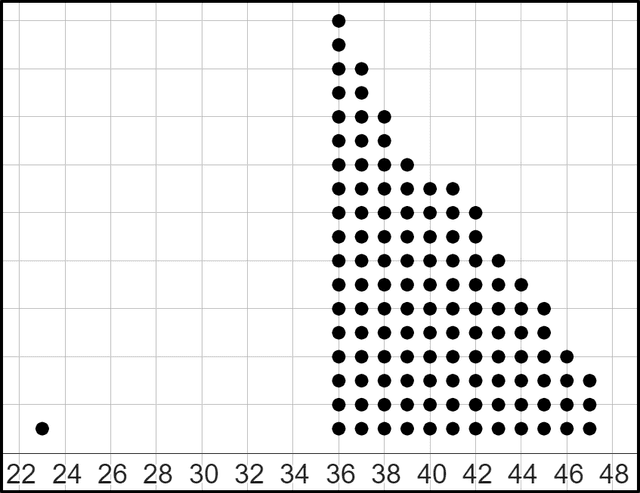
The outlier -
23
The range with the outlier -
24
The range without the outlier -
11
The largest data point -
47
Q5.For this ordered data set, calculate the range whilst including all outliers, and also calculate the range without the outliers. The difference between the two ranges is
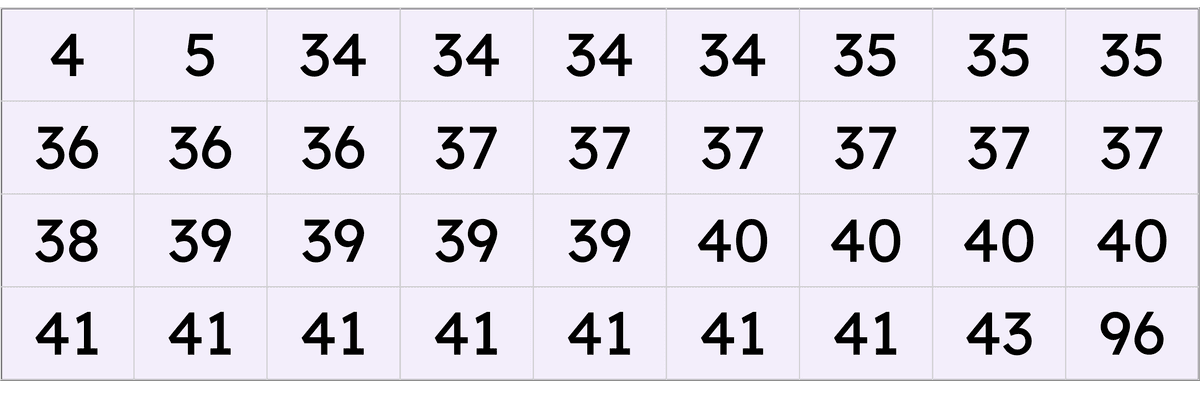
Q6.Different outliers may need to be: kept, removed, investigated further, depending on the context with which these outliers have occurred. Match what should happen to the outlier to its context.
Definitely keep -
An outlier of 28 for number of days in a month without rain.
Definitely remove -
A student walked 200 km to the supermarket.
Investigate further -
19 cats had a mass of 4 - 6 kg. Outlier had a mass of 11 kg.

